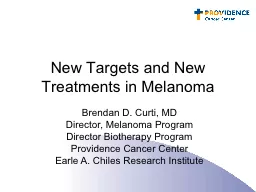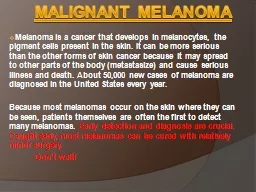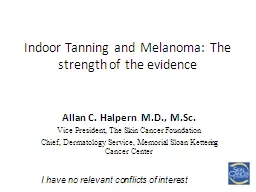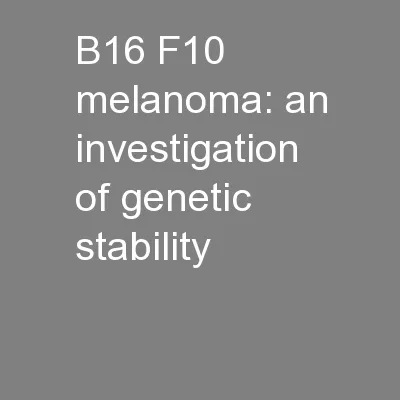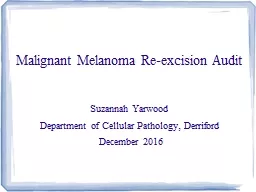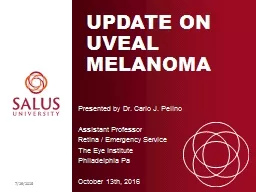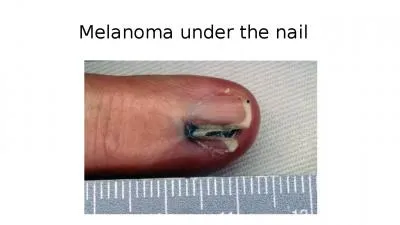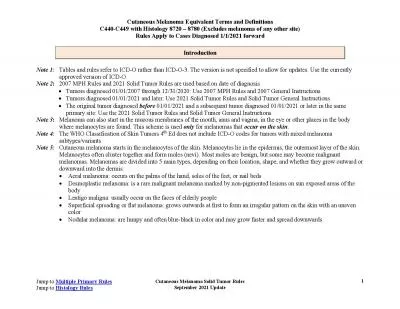PPT-Richard David Kann Melanoma Foundation
Author : pamella-moone | Published Date : 2017-06-22
An Opportunity to Save Lives Our Mission To save lives through education about the prevention and early detection of skin cancer especially melanoma Our Vision To
Presentation Embed Code
Download Presentation
Download Presentation The PPT/PDF document "Richard David Kann Melanoma Foundation" is the property of its rightful owner. Permission is granted to download and print the materials on this website for personal, non-commercial use only, and to display it on your personal computer provided you do not modify the materials and that you retain all copyright notices contained in the materials. By downloading content from our website, you accept the terms of this agreement.
Richard David Kann Melanoma Foundation: Transcript
Download Rules Of Document
"Richard David Kann Melanoma Foundation"The content belongs to its owner. You may download and print it for personal use, without modification, and keep all copyright notices. By downloading, you agree to these terms.
Related Documents


